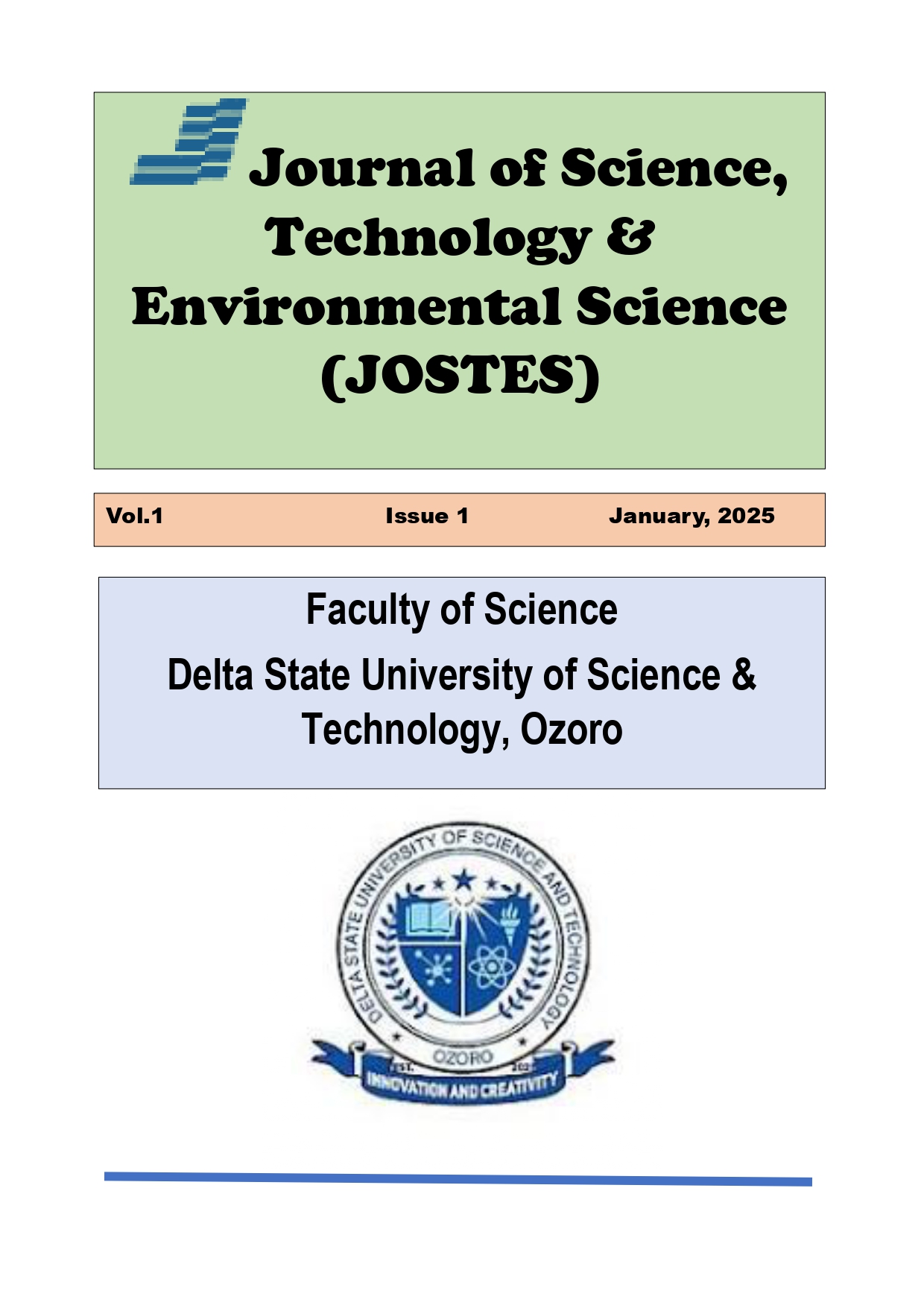Fermi Liquid and Its Applications
Main Article Content
Abstract
Fermi liquids represent an intriguing state of matter that exhibits unique properties at low temperatures, making them relevant for diverse scientific fields ranging from condensed matter physics to quantum computing. The Fermi liquid theory emanated from the first phenomenological approach proposed by L.D. Landau in explaining the properties of liquid 3He. These many-body systems consist of interacting fermions displaying collective behavior while retaining individual particle characteristics. The Fermi liquid theory explains various properties of fermionic systems, such as specific heat, magnetic susceptibility, and dynamical response to external fields using the fundamental aspects , including quasiparticles, Landau parameters, and transport phenomena. Furthermore, practical applications leveraging the exceptional features of Fermi liquids have emerged across several industries. For instance, Fermi liquid behaviors play a critical role in understanding unconventional superconductivity, spintronics, and heavy fermion materials. Moreover, they offer insights into designing novel electronic devices, developing highly efficient cooling methods, and building scalable quantum computers. Given promising outlook for both basic science and technological breakthroughs, this paper aims to summarize the essential concepts of Fermi liquids and discuss emerging applications driving innovation and progress in this captivating area of research

